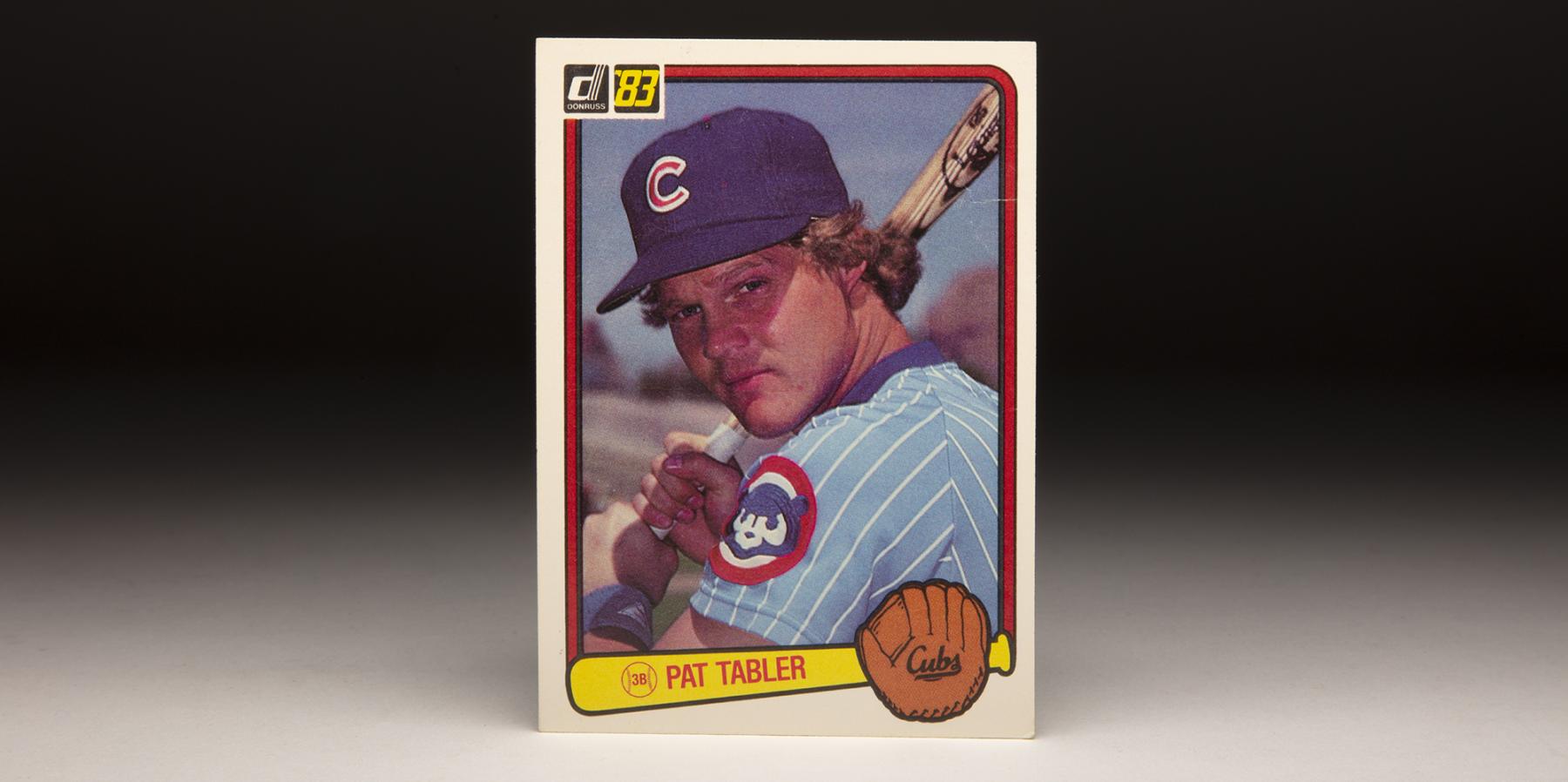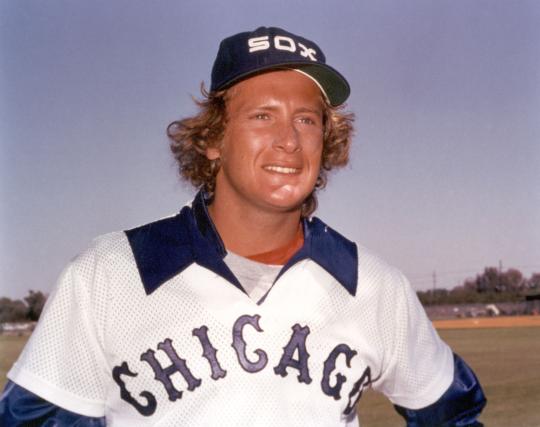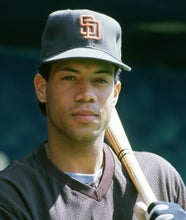- Home
- Our Stories
- #CardCorner: 1983 Donruss Pat Tabler
#CardCorner: 1983 Donruss Pat Tabler
Admittedly, the Chicago Cubs’ road uniforms of the late 1970s and early 1980s looked a little bit bizarre.
With their light blue coloring and white pinstripes, they reminded me of some child-appropriate pajamas that I used to wear a few years earlier. As I recall, those pajamas were blue and had stripes, too.
Most Cubs fans I’ve talked to didn’t like those pajama-style uniforms, but I must admit an odd affinity for them. Maybe it’s because I have fond memories of wearing those comfortable pajamas at the age of six or seven. Or maybe it’s because I’ve always liked pinstripes, whether they be the ones used on the Cubs home uniforms, or the classic home outfits of the New York Yankees. Or maybe I took a special liking to those uniforms because I happened to watch the Cubs so often on afternoons when WGN carried their games.
I must also admit that I like the inclusion of the blue cub logo on the left sleeve, highlighted by the bright red circle. Some logos blend into the uniform design so smoothly that they become lost, but the Cubs’ logo really stands out on this version of Chicago’s road outfits. With that logo, and those pinstriped blue colors, there was no mistaking the Cubs for any other team.
The Cubs’ uniform is on full display on Pat Tabler’s 1983 Donruss card. Tabler was one of my favorite players in the early 1980s, he was a hard-hitting infielder with a smooth, even-keeled swing. At one time, Tabler was a top prospect for the New York Yankees and appeared on the cusp of stardom.
As a young Yankee fan, I hoped that Tabler would become the team’s new third baseman, the successor to an aging Graig Nettles. And then I had the dream crushed when I learned that the Yankees had sent their young prospect to the Cubs for a pair of players to be named later, who turned out to be relievers Bill Caudill and Jay Howell. Much to my chagrin, Tabler would never play a single game in Yankee pinstripes.
Similarly, Tabler would never become the star that I predicted, but he did become a very solid and valuable major leaguer. He could hit (albeit without much power) and play several positions, including the infield corners, second base and the outfield. He also had a remarkable tendency to turn into Ty Cobb whenever he came to the plate with the bases loaded. In those situations spanning a 12-year career, he came to bat 88 times and collected 43 hits, putting his batting average at .489. His OPS with the bases loaded? An otherworldly 1.198. It’s no wonder that he became known as “Mr. Clutch.”
Tabler’s well-traveled odyssey began long before he joined the Cubs and donned those baby blue double-knits. After making him their first-round draft choice in 1976, the Yankees assigned the skinny center fielder to Oneonta of the NY-Penn League, where he hit only .231 with just one home run. His struggles continued in 1977 at Ft. Lauderdale, the Yankees’ affiliate in the full-season Florida State League. That same year, the Yankees made Tabler a full-time third baseman.
Tabler repeated Ft. Lauderdale in 1978 and did better as a combination first baseman/third baseman/outfielder, but it wasn’t until 1979 that he started to show his true hitting skills. After a good start to the season at Ft. Lauderdale, he received an in-season promotion to Double-A West Haven, where he batted an even .300 with six home runs in 56 games. He played most of the ’79 season at second base, but also appeared in games at third base and the outfield.
In 1980, Tabler showed legitimate power for the first time in his pro career. He hit 16 home runs and slugged .509 at Double-A Nashville, while still maintaining a .296 batting average. He also displayed a good eye, as evidenced by his 66 walks.
As the Yankees approached the 1981 season, Tabler seemed close to being major league ready. With Nettles at third and Willie Randolph at second, there was no place for Tabler to play every day, but a platoon role with Nettles and a significant role off the bench seemed possible. Becoming a fulltime third baseman at Triple-A Columbus, Tabler hit .296 with 11 home runs and a .987 OPS. Those numbers indicated that he was ready for his first major league close-up.
Instead, Tabler would find himself in Iowa. On Aug. 19, the Yankees announced a strange transaction. They were sending Tabler, one of their top prospects, to the Cubs for a pair of players to be named. In turn, the Cubs sent Tabler to Iowa, their top affiliate in the American Association.
So what was going on? Who trades a top prospect for a couple of players to be named later? The Yankees never publically admitted it, but according to the consensus of several insiders, Tabler was a make-good for an earlier transaction between the two teams.
Back on June 12, the Yankees had acquired veteran right-hander Rick Reuschel from the Cubs for a package of Doug Bird, a minor leaguer and cash. The announced return package for Reuschel, an accomplished pitcher, seemed meager. In actuality, the Yankees had failed to secure proper waivers on Tabler, preventing them from announcing his inclusion at the time. So Tabler, some two months later, was now the finishing piece to the deal, making it seem more balanced.
The Cubs traded Rick Reuschel (pictured above) to the Yankees on June 12, 1981. A subsequent trade between the two teams on Aug. 19, 1981, brought Pat Tabler to the Cubs, with many observers believing the Tabler deal was a "make-good" trade between the two teams. (National Baseball Hall of Fame and Museum)
Officially, though, the Tabler deal has always been recorded as a separate trade.
Of all the players exchanged between the Yankees and Cubs, Reuschel was the best known. But some neutral observers claimed that Tabler would become the most important player in the Reuschel deal. An opposing manager in the International League, veteran skipper Joe Morgan, paid him the compliment of saying that Tabler “has Mike Schmidt’s swing.”
After a 63-game stopover in Iowa, the Cubs brought up Tabler in September, allowing him to make his major league debut six years after his original signing. The Cubs played him at second base, but he didn’t hit much and returned to Iowa in 1982, before receiving a second call-up in September.
Then came a major change to the Cubs’ organization in 1983. The team moved young third baseman Ryne Sandberg to second base, where he would become a Gold Glove mainstay, while simultaneously clearing third base for the arrival of veteran Ron Cey. That left Tabler out of a job at both positions and made it apparent that his future lay elsewhere.
In January of 1983, the Cubs moved on from Tabler, sending him to the crosstown White Sox in a deal for pitchers Steve “Rainbow” Trout and Warren Brusstar. As with the Yankees, Tabler would never see the light of day with the White Sox. After spending most of Spring Training at the team’s site in Sarasota, Fla., the organization made another deal, this time sending Tabler to Cleveland for shortstop Jerry Dybzinski.
The deal would turn into a steal for the Indians – and a blessing for Tabler. The Indians used him at a variety of positions, but still found a way for him to play regularly. At one point, he played every day at third base while Toby Harrah recovered from a broken hand. Also appearing in left field, at second base, and in right field, Tabler batted .291, drew 56 walks and compiled an OPS of .779.
Over the next two years, Tabler remained a valuable super-utilityman for the Indians, playing all over the field while making consistently hard contact. In 1985, he settled into a more stable role, playing mostly first base and DH, while hitting a career-best .326 (the fourth-best batting average in the league) and compiling an OPS of just over .800. Indians batting coach Bobby Bonds expressed no surprise at Tabler’s level of production.
“Pat was a pure hitter when I first saw him come up with the Cubs,” the elder Bonds told Ken Picking of USA Today. “I think the teams that passed on him expected more power. They didn’t accept him for what he was – a natural contact hitter.”
Using his level, quick swing, Tabler continued to make good contact in 1987, when he batted .307 with 11 home runs and an OPS of .809. He played so well that he made the All-Star team for the first and only time in his career. He was one of the few bright spots for an Indians team that won only 61 games and finished dead last in the AL East.
Although the Indians did not win during his time in Cleveland, Tabler enjoyed his time there, as he told Indians blogger Steve Eby.
“I remember being at the old stadium with the great crowds that used to come out there,” Tabler said in his interview with Eby. “I’m not being facetious…I’m talking about games like Opening Day when there was 80,000 people. What other place would house 80,000 people? Other times were [on] July 4 and the big games [we had] against the Yankees. The biggest thing that I remember is that we were a young group that kind of grew up together in the Indians organization.”
As a young, building team, the Indians would fare better in 1988, but Tabler would struggle over the first quarter of the season. On June 3, with only one home run and his batting average an uncharacteristic .224, Tabler saw his days in Cleveland come to an end. Looking for pitching, the Indians traded him to the Kansas City Royals for left-hander Bud Black.
Much like his early years in Cleveland, Tabler took on a utility role in Kansas City. He played the infield, the outfield, and also did some work as a DH, batting .309, albeit with only one home run.
In 1989, Tabler spent a good portion of the season in the outfield and at DH, but his hitting fell off. He batted only .259 with two home runs, numbers that were simply not good enough for an outfield/DH type. He would hit a little bit better to start the 1990 season, but it was obvious that he was past his peak. In August, the Royals dealt him to the New York Mets for minor league pitcher Archie Corbin. Tabler finished out the season in New York before becoming a free agent at season’s end.
Free to sign with any team, Tabler opted for the Toronto Blue Jays, a franchise on the verge of postseason success. The announcement of Tabler’s signing did not create much in the way of headlines; it came on the same day that the Jays announced the blockbuster trade that brought Roberto Alomar and Joe Carter to Toronto.
With the Jays, Tabler settled for a backup role, but it gave him a chance to play in the LCS for the first time in his career. He returned to the Jays in 1992, appearing in 45 games as a utility player, but far more significantly, making it to the World Series for the first time. Making two pinch-hitting appearances, Tabler earned a World Series ring in what turned out to be final major league go-round.
The Blue Jays decided not to re-sign Tabler after winning the Series.
He received a contract offer worth approximately $1 million from a team in Japan, but decided to remain in the states. He also received non-guaranteed Spring Training invites from the Boston Red Sox and Philadelphia Phillies; but rather than settle for a conditional deal, Tabler felt the time was right to step aside.
Tabler had little trouble in making the transition to life after playing. In 1993, he joined the broadcast crew of the Blue Jays, where he has worked as a studio host and TV analyst ever since.
As a broadcaster, Tabler has been asked many times about his proclivity at hitting with the bases loaded. To this day, he has never been able to come up with a tangible answer, other than to attribute his success to “good luck.” That’s probably just Tabler being modest.
In actuality, he showed remarkable perseverance, toiling for nearly six full seasons in the minor leagues while constantly being switched from one position to another, before finally making it onto a big league roster. And then he managed to stick around for a dozen seasons.
That’s more than just luck. Mr. Clutch mixed in a little bit of grit and determination, too.
Bruce Markusen is the manager of digital and outreach learning at the National Baseball Hall of Fame
Related Stories
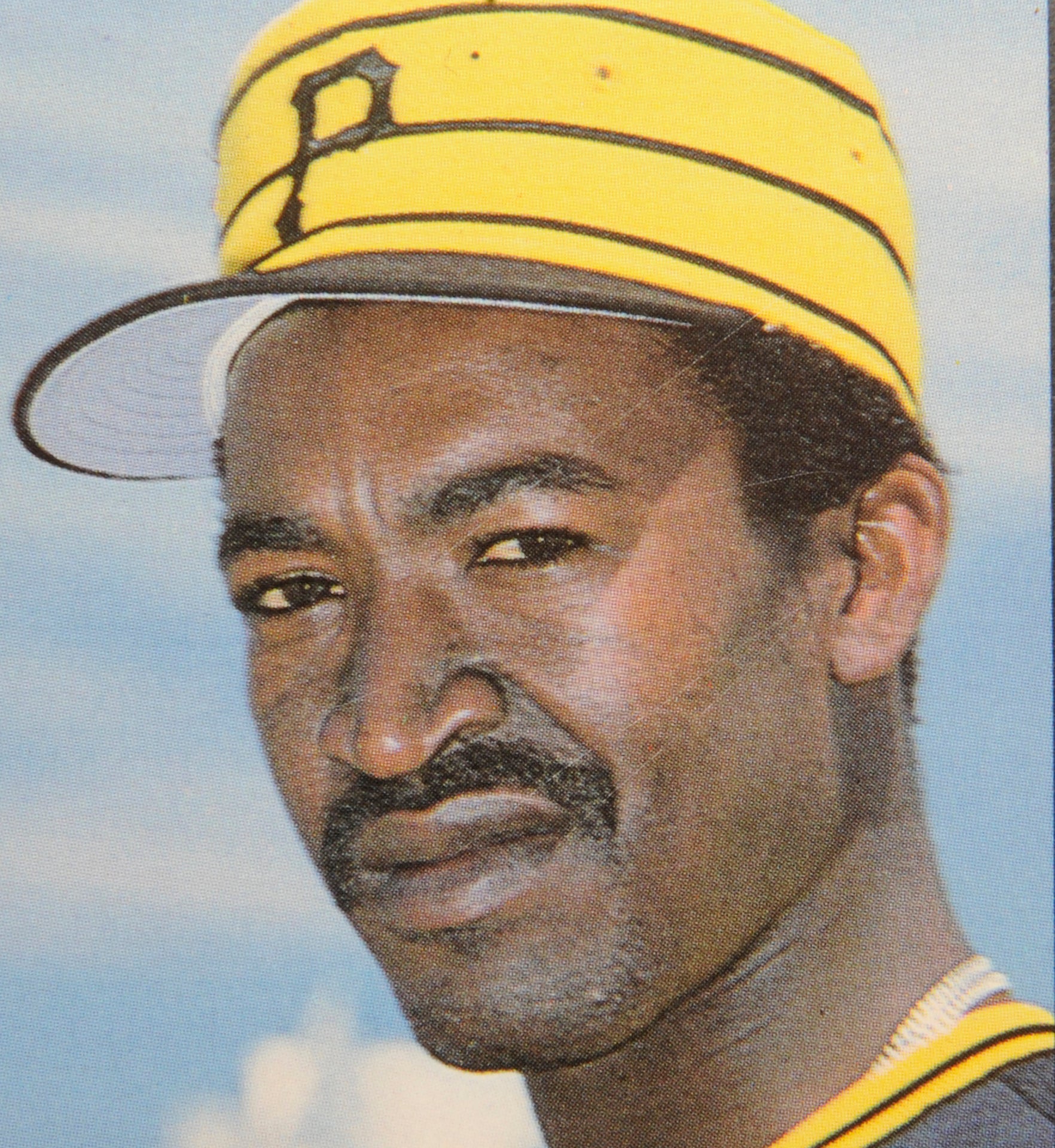
#Card Corner: 1983 Donruss Cecilio Guante
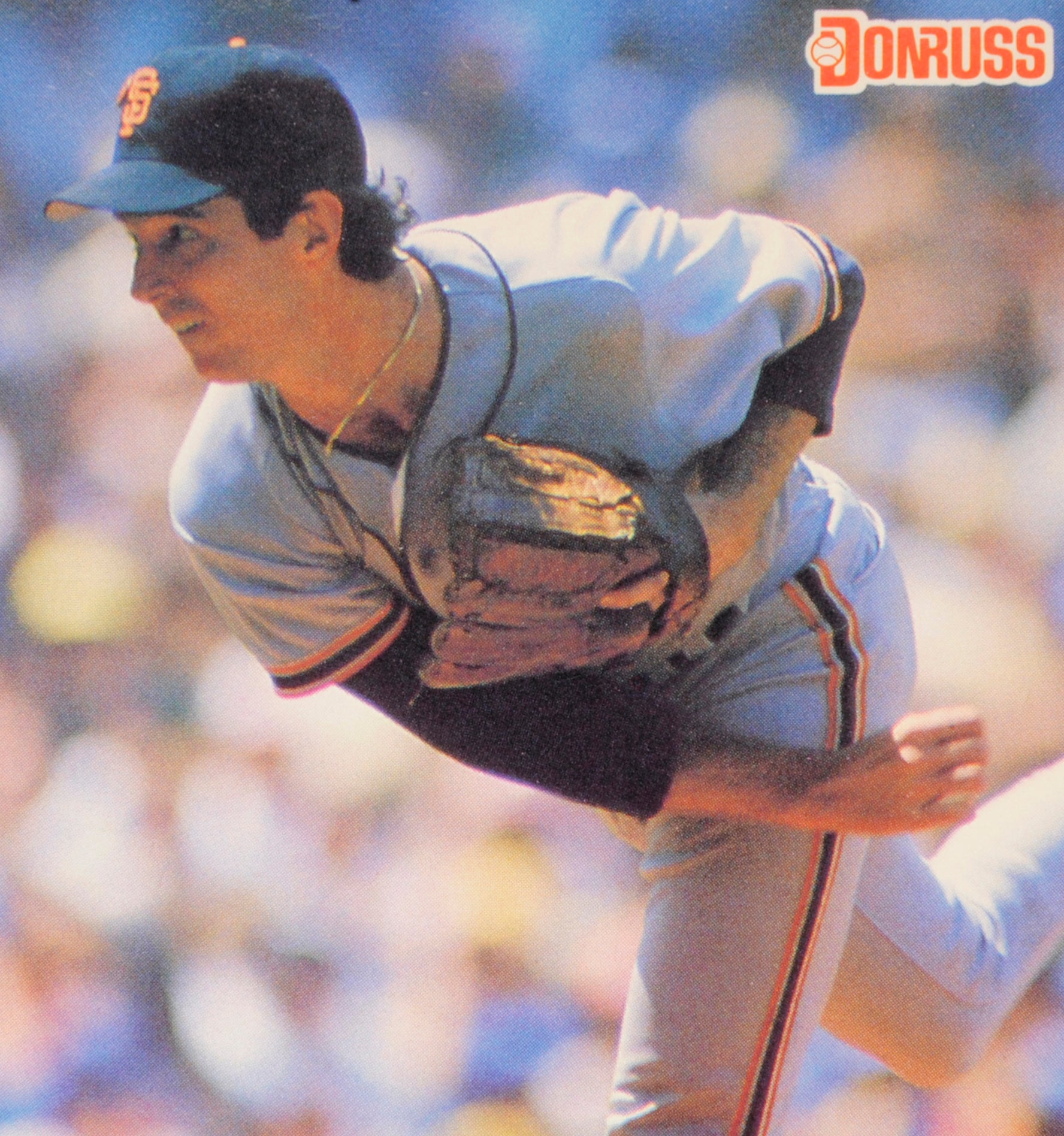
#CardCorner: 1987 Donruss Mike Krukow
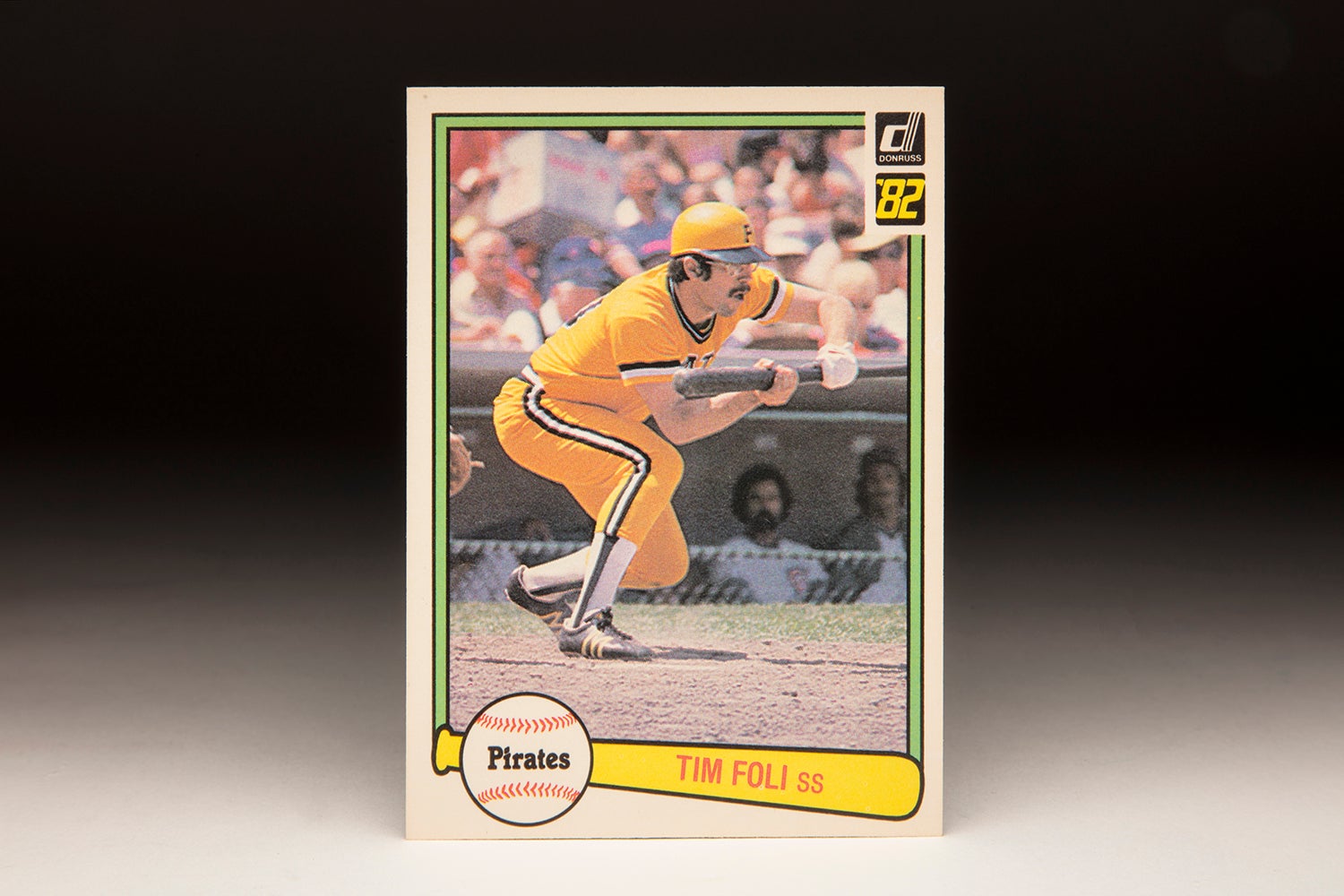
#CardCorner: 1982 Donruss Tim Foli
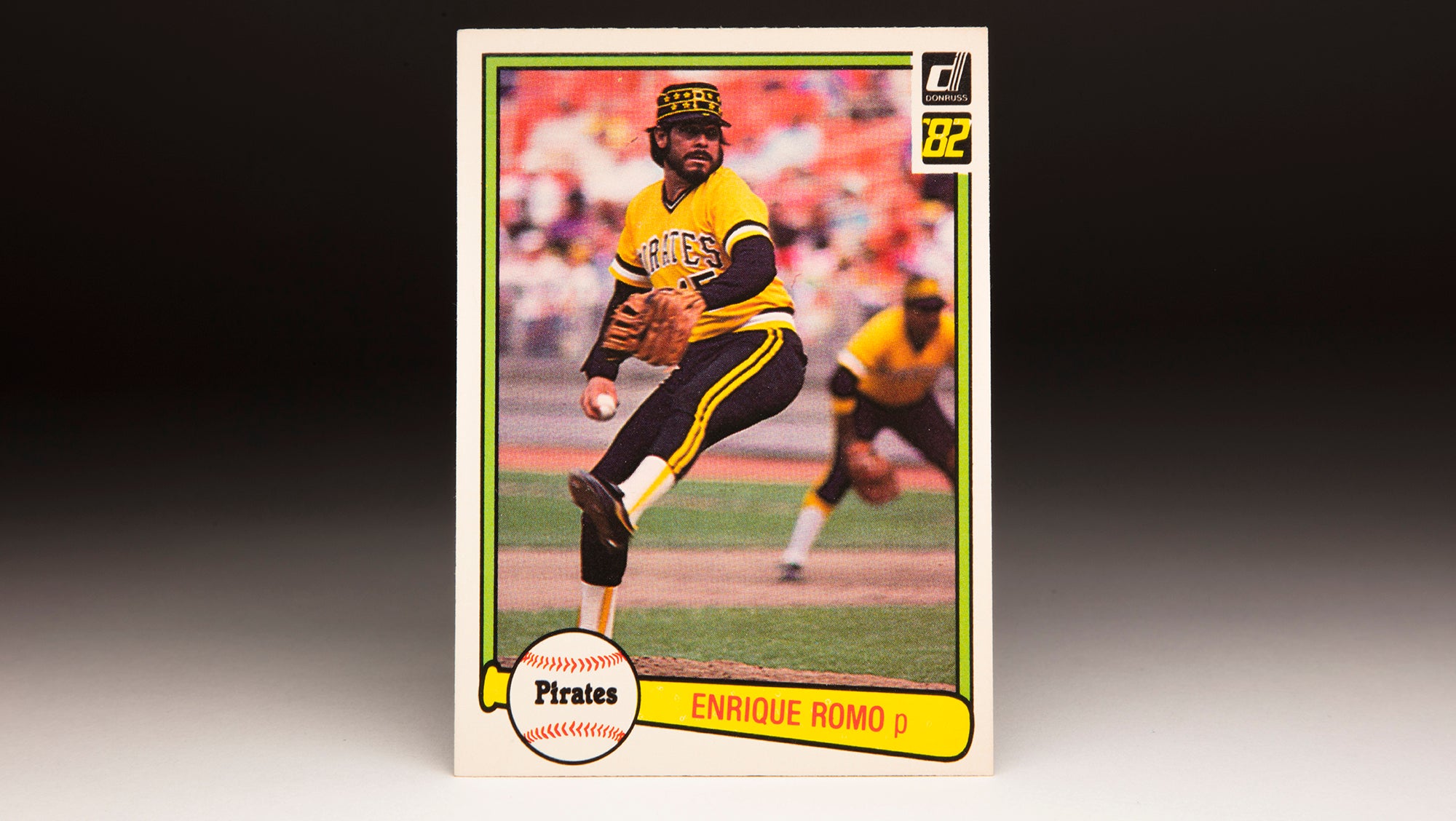
#CardCorner: 1982 Donruss Enrique Romo

#Card Corner: 1983 Donruss Cecilio Guante

#CardCorner: 1987 Donruss Mike Krukow

#CardCorner: 1982 Donruss Tim Foli


